A leading infrastructure academic has said Laos should not have been building the $1bn hydropower dam that collapsed last week, killing 27 people in the latest tally, and displacing thousands, including in neighbouring Cambodia.
Such large dams always cost nearly twice as much to build as originally estimated, and do not return the profits anticipated, said Bent Flyvbjerg, BT Professor and inaugural Chair of Major Programme Management at Saïd Business School, University of Oxford.
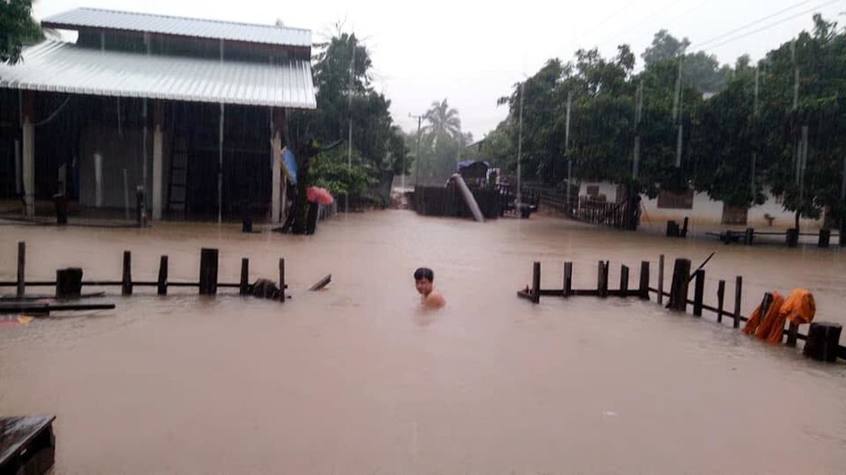
A man in floodwater released by the collapse on 23 July of the Xepian-Xe Nam Noy dam on the Mekong River, Laos (Lao News Agency via Facebook)
Flyvberg said the evidence shows developing countries should build smaller dams, or develop cheaper and safer schemes using solar and wind.
Construction of the 410MW Xepian-Xe Nam Noy dam on the Mekong River, estimated to cost $1.02bn, began in 2013 and it was expected to start generating power this year.
It was the latest of many dams Laos has built on the Mekong in its plan to export power to neighbours, thus becoming the “battery of South East Asia”.
But Flyvbjerg, who has studied 245 large dams in 65 different countries, has demonstrated that construction costs are, on average, at least 90% higher than their budgets at the time of approval.
“It is just bad business, to do what Laos is doing, building so many dams and trying to become the ‘battery’ for the region,” Flyvbjerg told GCR.
“Dams look good on paper when you see the business case. It looks like you’ll be making a lot of money, with a lot of upfront investment and then a very steady stream of revenues.
“What the business cases don’t show are the huge uncertainties. The combination of cost overruns and delays mean that the dams are not nearly as viable in reality as they look on paper. Most dams run at a loss.”
Aside from being a net financial drain, large dams have negative environmental impacts that affect the ecology of river systems and the livelihoods of people who rely on them, Flyvbjerg said.
Many small dams are preferable to one large dam, Flyvbjerg said, adding that Norway has pursued this strategy with success for decades.
“That is spreading, but the dams industry doesn’t like it so much because they are geared to building large dams. That’s the business model. Also, you need a lot of permissions if you’re building a lot of small dams.”
Flyvbjerg said big dams also just take too long, between eight and 15 years between the decision to build and the delivery of electricity. Countries like Laos should look instead to solar and wind to get power schemes up and running more quickly.
They are also much cheaper sources of power: “Solar and wind power are currently out-competing both hydropower and conventional plants and nuclear power, so they are the cheapest forms of electricity to produce now,” Flyvbjerg said. “This is not something Laos would have known, ten years ago, that solar and wind would be as cheap as they are now.”
“This is going to be a huge problem for Laos because if they continue this hydropower scheme they will be stuck with an infrastructure that is actually producing power at too high a cost.”
Comments
Comments are closed.

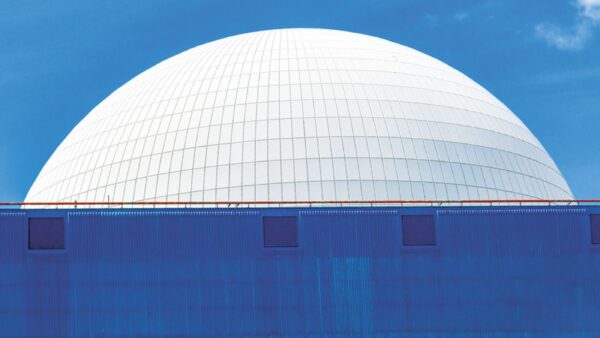
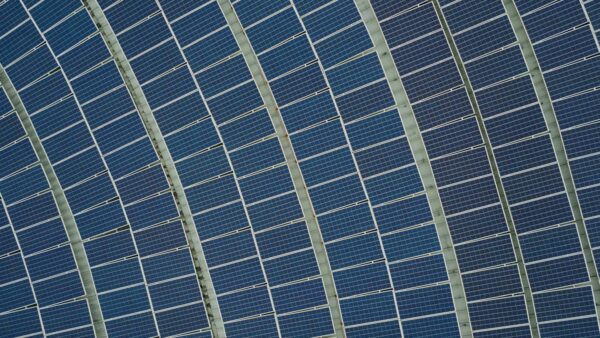
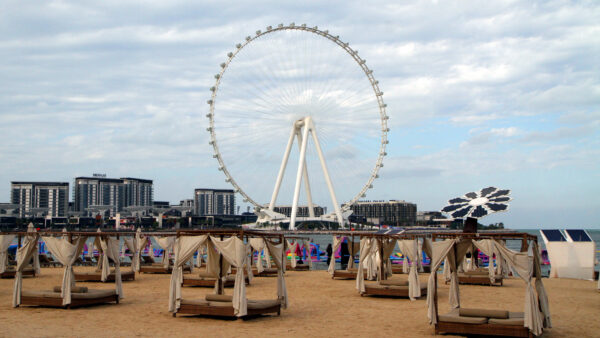
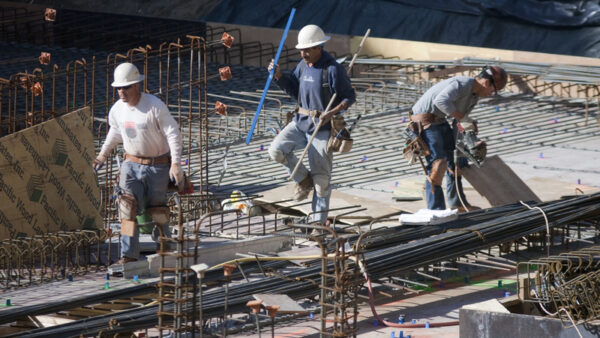


In the case of Laos any loss will at the shoulders of the investors. The Lao Government cashes in USD 0.01 per produced kWh, so they don’t have to worry about any cash flows. They do have to worry about safety, though